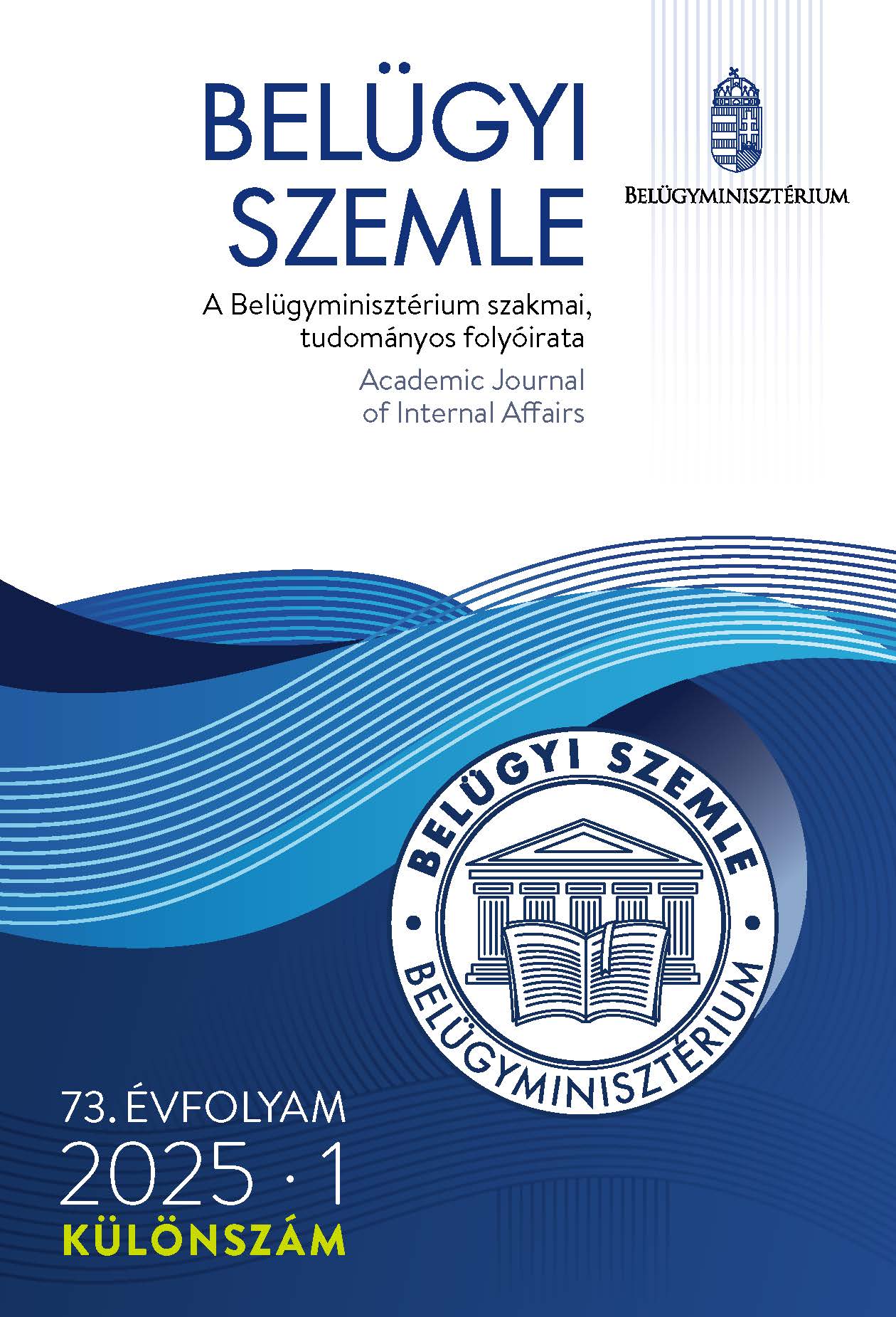Abstract
Aim: To present research opportunities in the field of generative artificial intelligence in forensic science. The study seeks to answer the question of how AI can transform the effectiveness of investigations.
Methodology: The research will build on an experimental methodology through the analysis of case studies and examples of communication with AI. He is involved in practical trials on various AI platforms like Claude.ai and ChatGPT to actually demonstrate how AI can do forensic work.
Findings: AI is not a replacement for man, but it supplements and forms a new quality in investigative work.
Value: The paper presents the collaboration between humans and AI, while highlighting the importance of creativity and critical thinking. Furthermore, it introduces a technology (AI) for forensic science that does not aim to replace humans, but to complement their work, thereby increasing the efficiency and quality of investigative work.
References
Gyaraki R. (2023). A mesterséges intelligencia felhasználási lehetősége és fejlesztésének szükségessége a jogalkalmazásban. In Kovács Z. (Szerk.), A mesterséges intelligencia és egyéb felforgató technológiák hatásainak átfogó vizsgálata (pp. 393–422). Katonai Nemzetbiztonsági Szolgálat.
Herke Cs. (2021). A mesterséges intelligencia kriminalisztikai aspektusai. Belügyi Szemle, 69(10), pp. 1709–1724. https://doi.org/10.38146/BSZ.2021.10.2
Kirpichnikov, D., Pavlyuk, A., Grebneva, Y. & Okagbue, H. (2020). Criminal liability of the artificial intelligence. E3S Web of Conferences, 159, 04025. https://doi.org/10.1051/e3sconf/202015904025
Ürmösné, S. G. (2024). Investigation crime scene investigation and profiling. In Technical English for Officers 2 (pp. 139–143). Novissima Kiadó.

This work is licensed under a Creative Commons Attribution-NonCommercial-NoDerivatives 4.0 International License.
Copyright (c) 2025 Academic Journal of Internal Affairs
